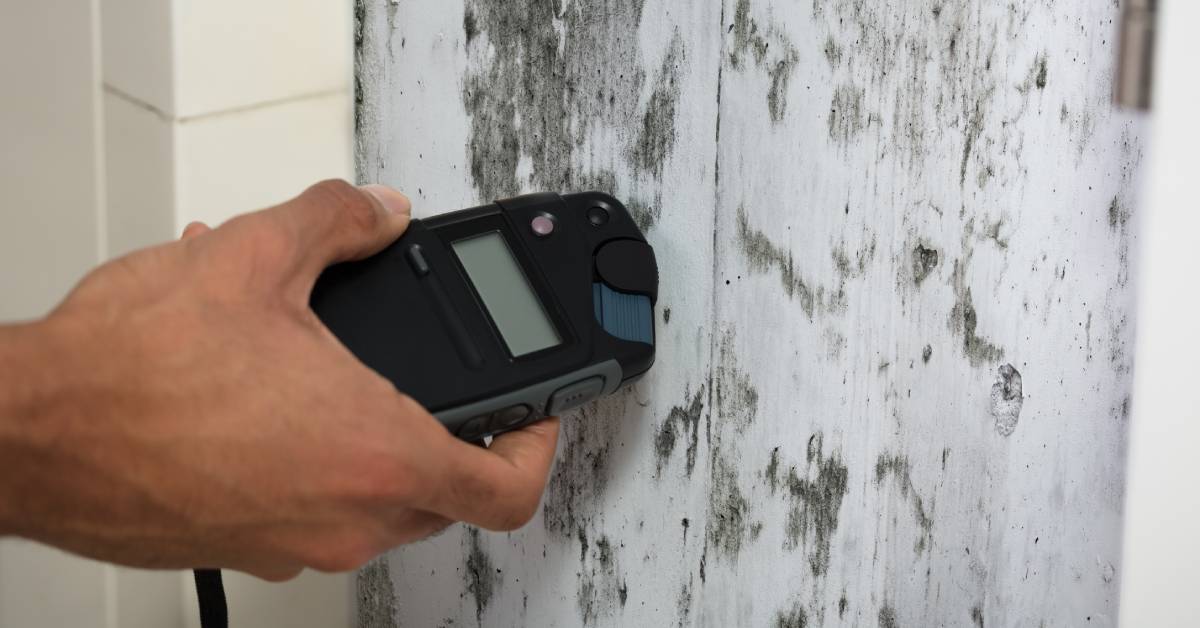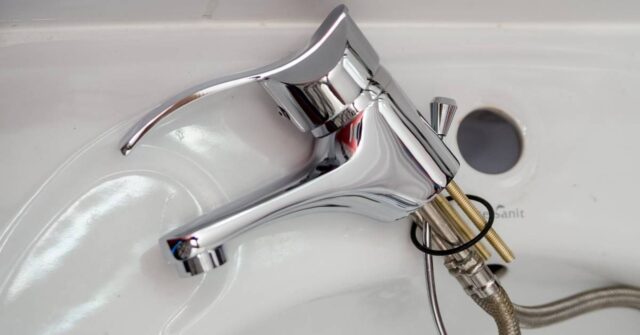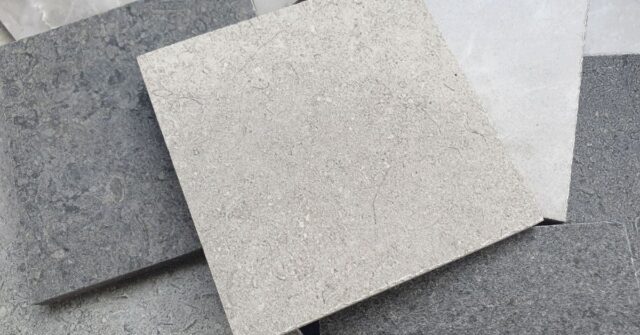Mould can turn a sparkling bathroom into an unsightly, unhealthy space faster than you can say “clean up time.”
But don’t worry, we’ve got you covered. This guide dives deep into understanding why mould thrives in bathrooms and how to keep it at bay for good.
Understanding Bathroom Mould: Causes and Risks
Bathrooms are mould magnets due to constant moisture and limited airflow. Let’s explore why mould loves your bathroom so much and what’s at stake if it takes over.
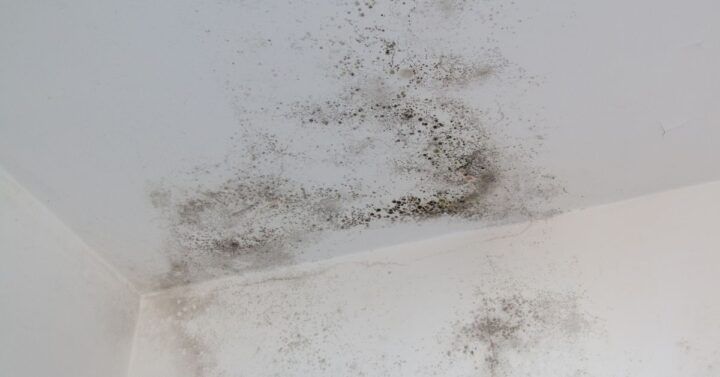
What Is Mould and Why Does It Form in Bathrooms?
Mould is a type of fungus that thrives in damp, humid conditions. Bathrooms provide the perfect storm: warm water, steam, and poor ventilation.
The combination allows mould to grow on tiles, ceilings, and even your shower curtain.
Common Causes of Mould Growth
Leaky faucets, inadequate ventilation, and lingering moisture after showers are the usual suspects. Forgetting to dry your towels or keeping windows shut can also encourage mould colonies.
Health Risks Associated With Bathroom Mould
Mould isn’t just an eyesore; it’s a health hazard. Prolonged exposure can lead to respiratory issues, allergies, and even asthma.
For those sensitive to spores, even a small mould patch can trigger problems.
Effective Strategies to Prevent Bathroom Mould
With the right habits and tools, you can make your bathroom a mould-free zone. Let’s tackle moisture, ventilation, and cleaning methods that work wonders.
Ventilation: The Key to Keeping Your Bathroom Dry
Ventilation is your first line of defence against mould. Without fresh airflow, moisture lingers, creating the perfect breeding ground.
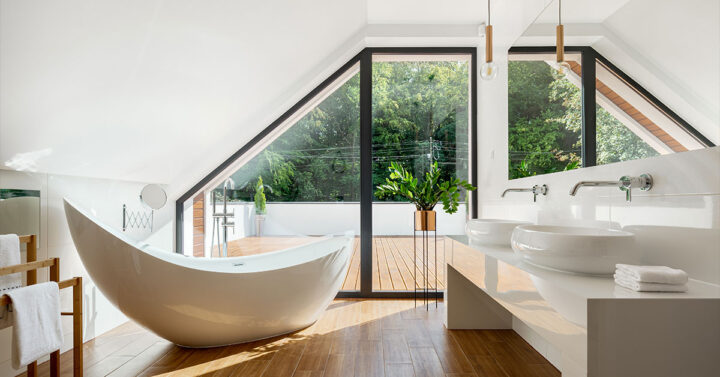
Using Exhaust Fans Effectively
Always switch on your exhaust fan during and after showers. Let it run for at least 15 minutes to whisk away humidity. If you don’t have a fan, consider installing one pronto.
Natural Ventilation Tips
Crack open windows and leave the bathroom door ajar. Fresh air circulation can make a world of difference in keeping your space dry.
The Role of Dehumidifiers
Dehumidifiers are handy in particularly humid areas. A small, portable unit can help maintain an optimal moisture level below 50%.
Managing Moisture Levels
Moisture control is all about quick action. Here’s how to keep things dry and mould-free.
Using a Squeegee After Showering
After each shower, take a minute to squeegee water off walls and glass doors. It’s quick, easy, and keeps mould at bay.
Drying Towels, Mats, and Curtains
Wet towels and mats are mould’s best friends. Hang them up immediately, and wash them weekly to avoid musty smells and spores.
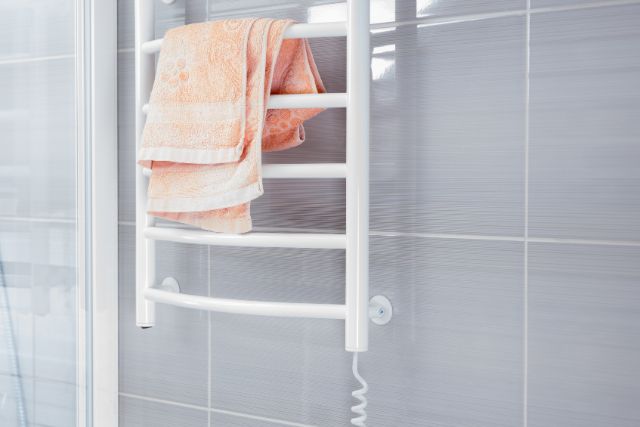
Fixing Leaks Promptly
A dripping tap or a leaky pipe can quietly invite mould. Fixing leaks quickly prevents moisture from becoming a larger problem.
Regular Cleaning and Maintenance
A clean bathroom is a mould-free bathroom. Regular scrubbing and upkeep are essential.
Cleaning Routines to Prevent Mould
Use a mould-killing cleaner weekly on tiles, grout, and other surfaces. Don’t forget to wipe down your shower curtain or glass door.
Choosing Mould-Resistant Cleaning Products
Invest in cleaning products with anti-mould properties. They leave a protective barrier to slow mould regrowth.
The Importance of Sealing Grout and Caulking
Grout and caulk are mould hotspots. Seal them annually to create a waterproof barrier and stop mould in its tracks.
Choosing Mould-Resistant Materials
When renovating, opt for materials designed to resist mould growth. It’s an investment in both style and cleanliness.
Benefits of Mould-Resistant Paint and Tiles
Mould-resistant paints and tiles can make your bathroom a hostile environment for fungi. These materials are widely available and worth the extra cost.
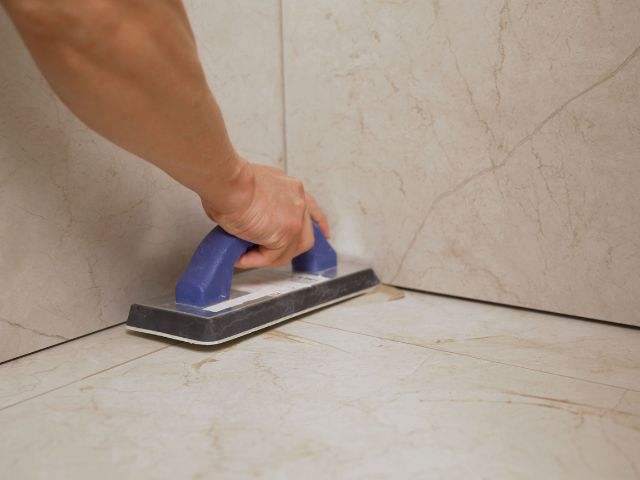
Using Anti-Mould Grout and Sealants
Anti-mould grout and sealants prevent spores from taking hold in hard-to-clean areas. Ask for these options when redoing your bathroom.
How To Remove Existing Bathroom Mould
If you’ve already spotted mould, don’t panic. You can remove it with the right tools and techniques.
Identifying Mould-Prone Areas
Mould often hides in plain sight. Check corners, grout lines, and behind furniture for patches of black, green, or even orange growth.
Natural and Chemical Solutions for Mould Removal
Removing mould doesn’t have to involve harsh chemicals. Here are your options.
DIY Cleaning Methods
A mixture of vinegar and water or baking soda can effectively clean smaller mould patches. For stubborn stains, use a dedicated mould remover from the store.
When to Call a Professional
If mould covers a large area or keeps returning, it’s time to call in the experts. Professional cleaners have the tools and know-how to tackle the problem.
Proactive Tips to Keep Your Bathroom Mould-Free
Staying ahead of mould is easier than dealing with it after the fact. Follow these simple tips to keep your bathroom fresh.
Maintaining Humidity Levels Below 50%
Invest in a humidity meter to monitor moisture levels. Keeping them below 50% can significantly reduce mould growth.
Regular Inspections for Leaks and Dampness
Periodically check under sinks, behind toilets, and along walls for leaks or damp patches. Early detection is half the battle.
Reducing Clutter in the Bathroom
Less clutter means fewer places for mould to hide. Keep surfaces clear and store toiletries in cabinets when not in use.
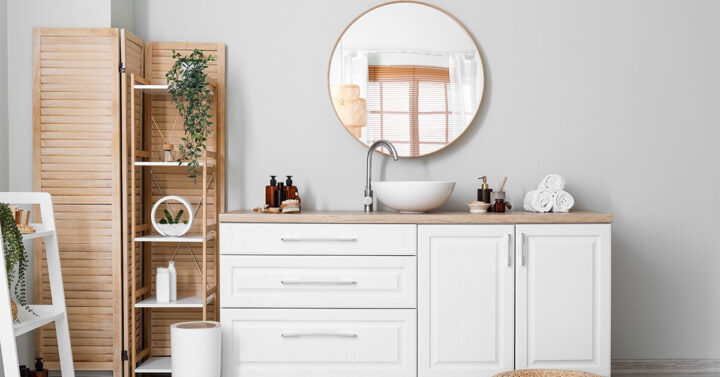
Designing a Mould-Resistant Bathroom
Building or renovating your bathroom? Incorporate these features to minimise the risk of mould.
Incorporating Ventilation Features Into Bathroom Design
Design your bathroom with ventilation in mind. Include large windows, powerful fans, and vented skylights where possible.
Installing Mould-Resistant Fixtures
Fixtures made from non-porous materials like stainless steel or treated wood can help keep mould at bay.
Ensuring Proper Drainage in Wet Areas
Poor drainage can lead to standing water, a breeding ground. Work with professionals to slope your floors correctly and install efficient drains.
NuDesign’s Expertise in Mould-Resistant Bathrooms
NuDesign Bathrooms offers expert solutions for creating spaces that look great and stay mould-free. Here’s how we can help.
How NuDesign Bathrooms Prioritises Mould Prevention
Our team uses state-of-the-art materials and techniques to prevent mould from the ground up. We understand the unique challenges Australian homes face and deliver lasting results.
Custom Solutions for Australian Homes
Whether it’s improved ventilation or mould-resistant fixtures, our renovations are tailored to the needs of your home and climate.
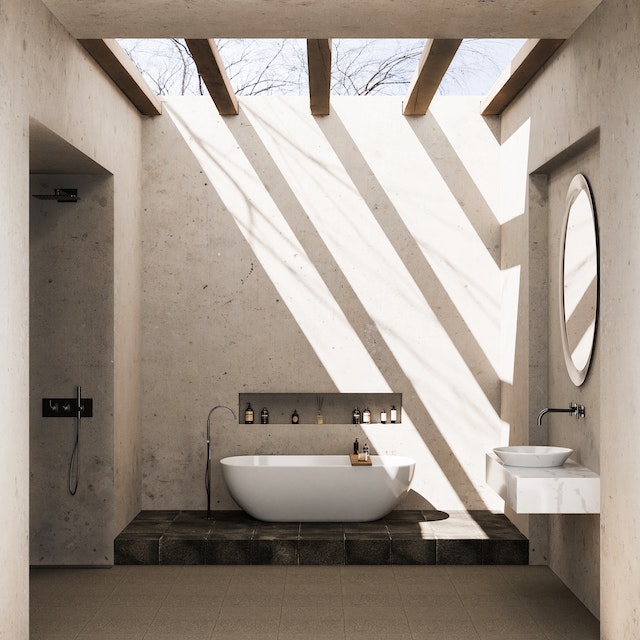
Conclusion
A mould-free bathroom is within reach with the right knowledge and tools. By following these steps, you can enjoy a cleaner, healthier space for years to come.
Key Takeaways for Mould Prevention
Keep your bathroom dry, clean, and well-ventilated. Address leaks promptly and use mould-resistant materials where possible.
When to Seek Professional Help
Don’t let mould get the upper hand. If it persists despite your best efforts, call in professionals to tackle the issue effectively.
Contact NuDesign for a Mould-Free Bathroom Renovation
Ready for a fresh start? Contact NuDesign Bathrooms today to transform your space into a mould-resistant haven.

